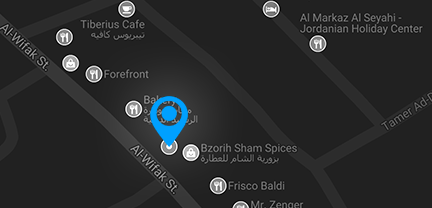Overview
Unity Certified User: Artist certification
Empower creators to tell their stories, share their visions and validate their skills.
Unity is the leading content-creation platform for VR/AR, real-time 3D, and mobile 2D. Unity is used by students and professionals around the world to create everything from games to movies, 3D models to VR simulations.
The Unity Certified User certification is an entry-level credential that allows individuals to get started in interactive content creation for industries such as gaming, entertainment, automotive, AEC and XR. The Unity Certified User certification helps employers and institutions verify a candidate’s knowledge and skills using Unity technology to succeed in these industries. Whether it’s a desire to create games and apps or build new worlds in AR/VR, the Unity Certified User certification is the place to start.
Benefits of the Unity Certified User certification
Result-driven way to ensure your curriculum aligns with industry and global standards.
Prepares your students for college or a career using Unity technology to create interactive content.
Positions your students as credible job candidates to employers with an industry-recognized credential.
Exam Roadmap
- Module 1: Asset Management
- Import assets including but not limited to settings for FBX, OBJ and associated textures.
- Import and configure assets from the Unity Asset Store.
- Slice spritesheets for use in a 2D scene including but not limited to using the default Sprite Editor and 9-slicing.
- Identify mesh components including vertices, polygon faces and edges.
- Create key frames and change tangents in the Curve Editor using the Animation window
- Create, modify and utilize Prefabs
- Module 2: Scene Content Design
- Utilize Transform tools and the Transform component in the Inspector.
- Create prototype scenes using Unity primitives and/or low poly meshes utilizing white box/grey box techniques.
- Create and edit a landscape with materials utilizing the Terrain tool including but not limited to mask maps, texture painting, and diffuse properties.
- Module 3: Lighting, Cameras, and Materials Implementation
- Modify materials using the Standard Shader and editing properties including but not limited to specular, transparency, normal, and albedo.
- Identify basic lighting including but not limited to shadows, light settings, and light shapes such as directional, area, spot, and point.
- Utilize single camera set up including but not limited to isometric vs. standard, camera component, background, culling masks, clipping planes, field of view (FOV), etc.
- Given a scenario, determine the appropriate rendering pipeline that should be used.







